At Falcon Health, we provide a wide array of physiotherapy, chiropractic and sports therapy treatments for our clients. Part of our treatments includes exercises. Exercises are a great way to recover from the pain and strengthen the affected area. In today’s blog, we will discuss exercises for knee pain and how they help your knees.
Types of Knee Pains
There are many forms of knee pains. Whether it is a result of an injury, a condition or anything else, knee pain can vary in its form and seriousness. It is important to understand what is causing your knee pain to understand how to overcome it.
ACL Injury
The ACL, or anterior cruciate ligament, is one of the main ligaments in your knee. It helps to stabilise your knee and keep it from moving too far forward. An ACL injury can be caused by a sudden change in direction, landing awkwardly after a jump or collision.
Symptoms of an ACL injury include:
– Pain and swelling in the knee
– Feeling like the knee is giving way
– Difficulty walking
Patellar Tendonitis
Patellar tendonitis is the inflammation of the patellar tendon. This tendon connects the kneecap to the shinbone. Patellar tendonitis is often caused by repetitive stress on the knee, such as from running or jumping.
Symptoms of patellar tendonitis include:
– Pain in the front of the knee, around the kneecap
– Pain when bending the knee
– Knee pain that gets worse with activity
Bursitis
Bursitis is the inflammation of the bursa. The bursa is a small sac of fluid that cushions and lubricates the joint. Bursitis often occurs in the shoulder, elbow or hip but can also affect the knee. It is often caused by overuse or repetitive motion
Symptoms of bursitis include:
– Pain and tenderness around the affected joint
– Joint stiffness
– Difficulty moving the joint
Torn Meniscus
The meniscus is a C-shaped piece of cartilage that sits between the thighbone and shinbone. It acts as a shock absorber for the knee. A torn meniscus can be caused by a sudden twist or turn, or by gradual wear and tear
Symptoms of a torn meniscus include:
– Knee pain
– Swelling and stiffness
– Difficulty bending the knee
Fractures
A fracture is a break in the bone. Knee fractures can be caused by a high-impact injury, such as a car accident.
Symptoms of a fracture include:
– Severe knee pain
– Swelling and bruising
– Inability to put weight on the affected leg
Arthritis
Arthritis can take many forms and cause pain in different ways, we have highlighted a few below and how they cause knee pain.
Osteoarthritis
Osteoarthritis is the most common form of arthritis. It is caused by the breakdown of cartilage, the tissue that cushions and lubricates the joints. This can be due to wear and tear from ageing or repetitive motion.
Symptoms of osteoarthritis include:
– Joint pain and stiffness
– Difficulty moving the joint
– Swelling and inflammation
Rheumatoid arthritis
Rheumatoid arthritis is an autoimmune disease that causes inflammation of the joints. This can lead to pain, swelling, and damage to the joint.
Symptoms of rheumatoid arthritis include:
– Joint pain and stiffness
– Inflammation and swelling in the joints
– Joint deformity
Gout
Gout is a form of arthritis that is caused by the build-up of uric acid in the joints. This can lead to pain, swelling, and inflammation.
Symptoms of gout include:
– Joint pain and swelling
– Redness and warmth around the affected joint
– Difficulty moving the joint
Exercises for Knee Pain
Whilst you may experience knee pain for a variety of reasons, many exercises for knee pain tend to help. It is always worth checking with your doctor before starting any new exercise regime.
Aerobic exercises
Aerobic exercises, such as walking, swimming or cycling, are a great way to increase your overall fitness and help to reduce knee pain. These exercises for knee pain help to strengthen the muscles around the knee and improve joint flexibility.
Strengthening exercises
Strengthening exercises, such as leg raises, can help to support the knee and reduce pain. These exercises for knee pain can also help to prevent further injury by improving muscle strength and joint stability.
Flexibility exercises
Flexibility exercises, such as stretching, can help to improve the range of motion in the knee and reduce pain. These exercises can also help to prevent further injury by increasing joint flexibility.






